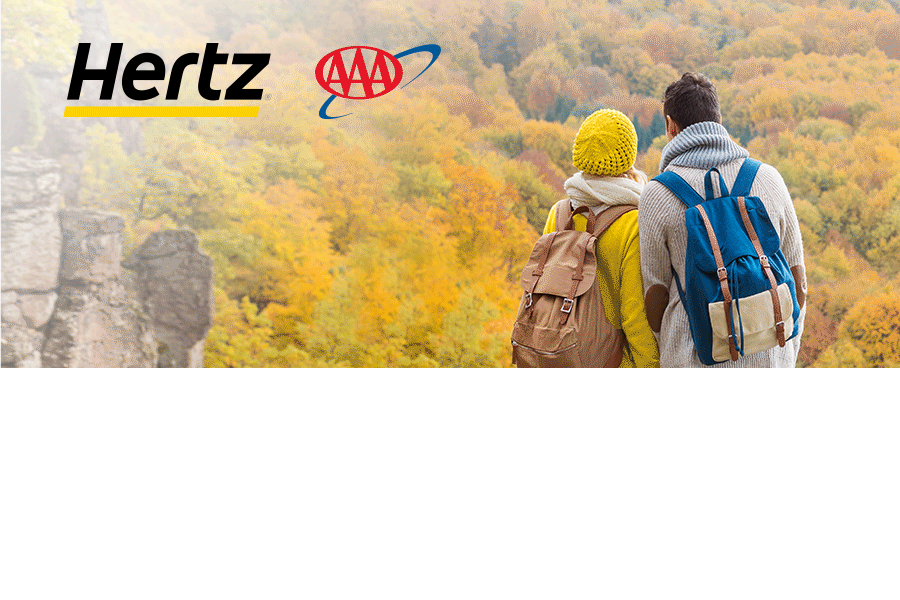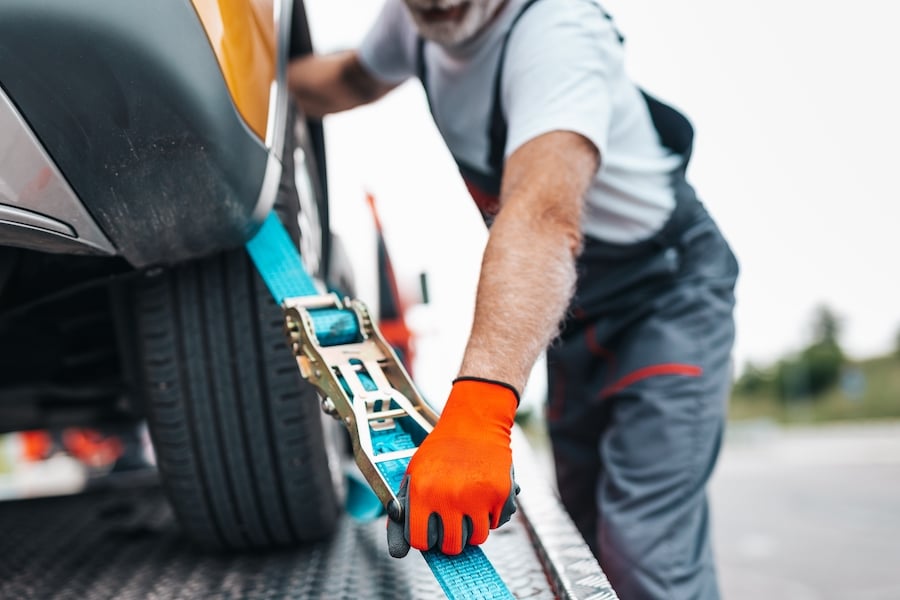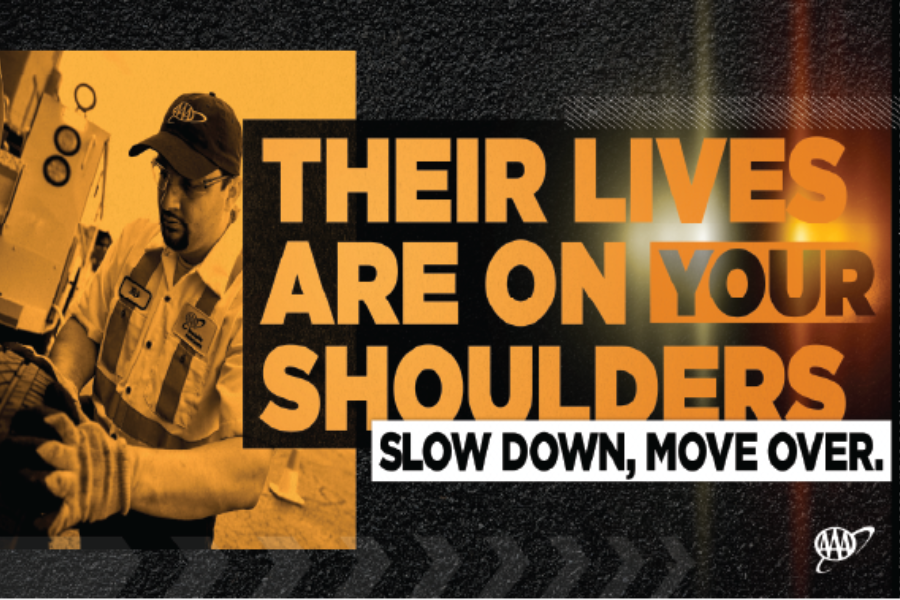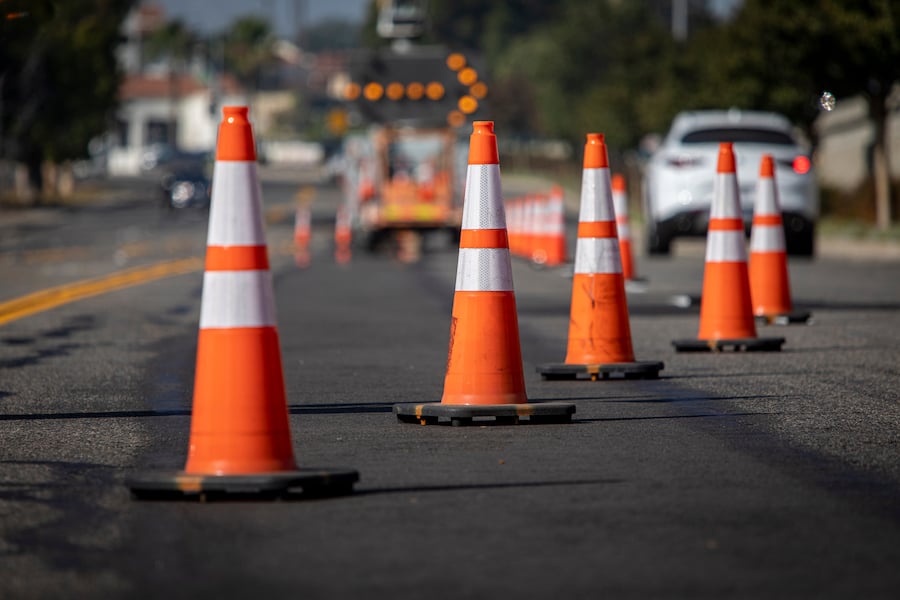Car Seat Safety Check
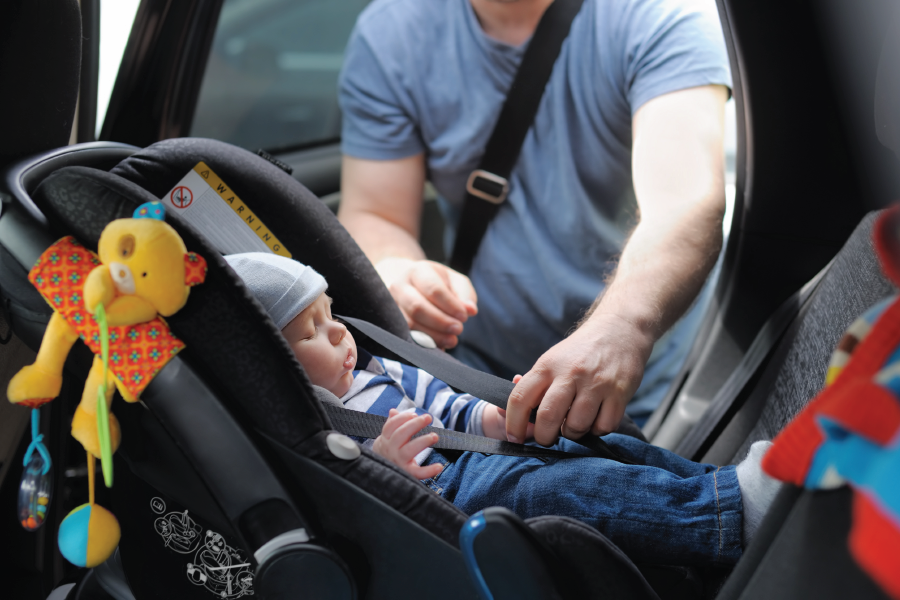
Each year, more than 800 kids die and 190,000 are injured in car crashes – enough to rank motor vehicle crashes as a leading cause of death for children in the U.S. Research shows that seat belts and safety seats – when properly used – are the most effective tools in preventing injuries and deaths in vehicle crashes.
Below are five common car seat mistakes and how to avoid them:
Moving your child out of a booster seat too soon. Seat belts are designed to fit adults, not children. Keep your children in booster seats until the seat belt fits them properly. Children should be able to sit with their back against the seat, knees bending at the edge of the seat, and feet touching the floor. The lap belt should be positioned low across their hips and upper thighs with the shoulder belt across their chest and collarbone. Depending on your child’s growth and development, a seat belt typically fits correctly between ages 8 to 12.
Not installing the car seat tightly enough. If the seat belt or lower anchor connection is too loose, the car seat will not stay put, subjecting your child to greater crash forces. The car seat should not move side-to-side or front-to-back more than one inch when tested at the belt path.
Turning your child forward-facing too soon. Children in the second year of life are five times less likely to die or be seriously injured in a crash if they ride in a rear-facing car seat. Turning a child forward-facing before age two can result in head, neck, or spinal cord injury due to their underdeveloped bodies. A child should remain in a rear-facing seat as long as possible until they reach the upper weight or height limit allowed by the car seat manufacturer. Once your child outgrows a rear-facing infant seat, switch to a rear-facing convertible car seat with higher height and weight limits.
Adding additional padding, toys, or mirrors to your child’s car seat. Using products that have not been tested with the car seat may interfere with how the seat was designed to perform in a crash. Loose items, such as mirrors, can also become a dangerous projectile in a sudden stop or crash. Only use products that come with the seat or are recommended by the seat manufacturer. Be sure to secure all loose items in a vehicle trunk or storage space.
Wearing bulky coats and sweaters while buckled into a car seat. Unapproved padding, including coats and sweaters, placed behind or under the harness can compress in a crash, creating slack in the harness system. Place blankets or jackets over the child after the harness is snug and secure.
For more child car seat safety tips and information, and to find your local seat inspection location, visit Exchange.AAA.com.

